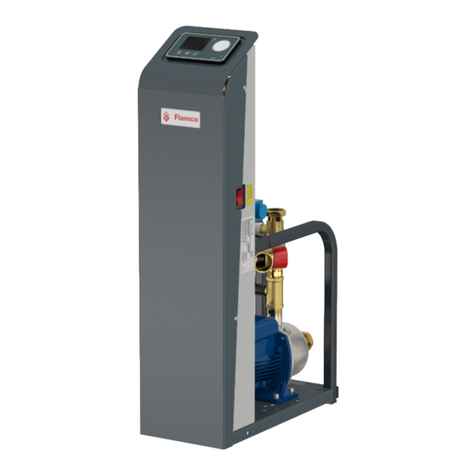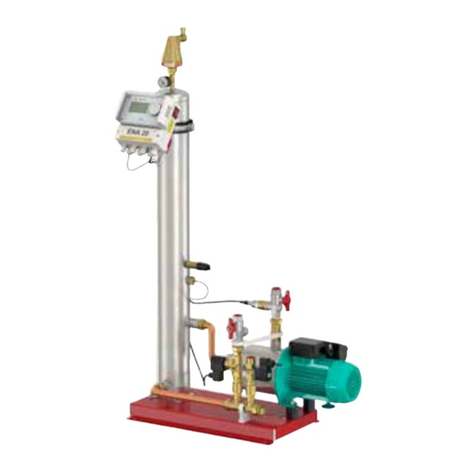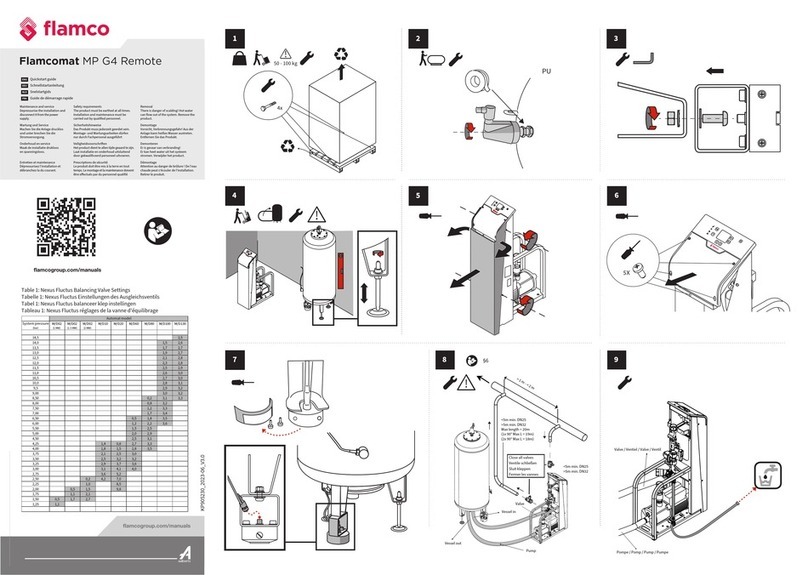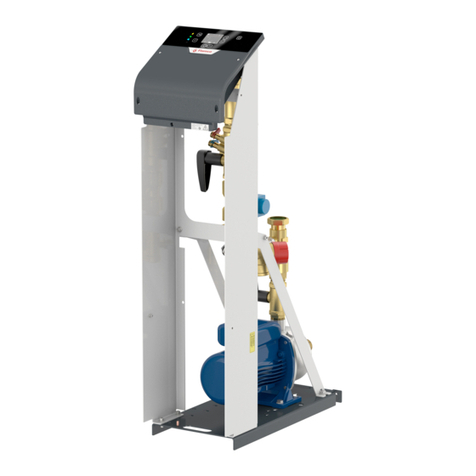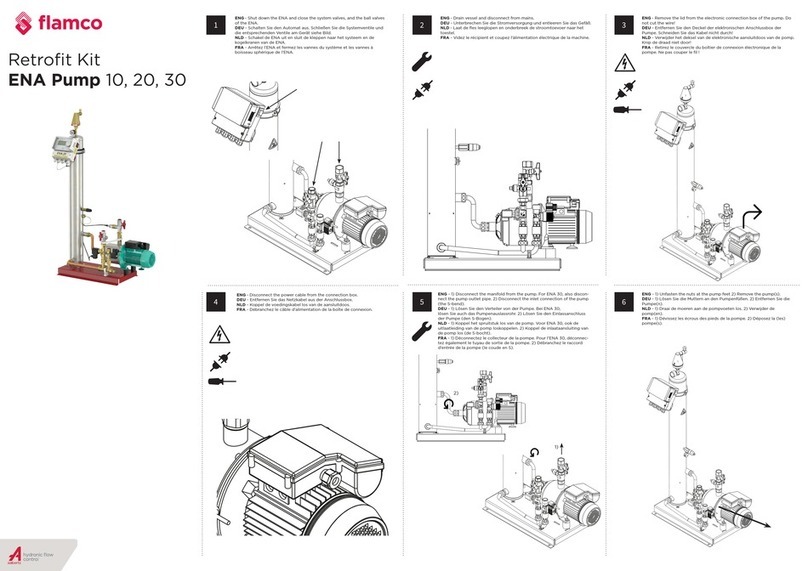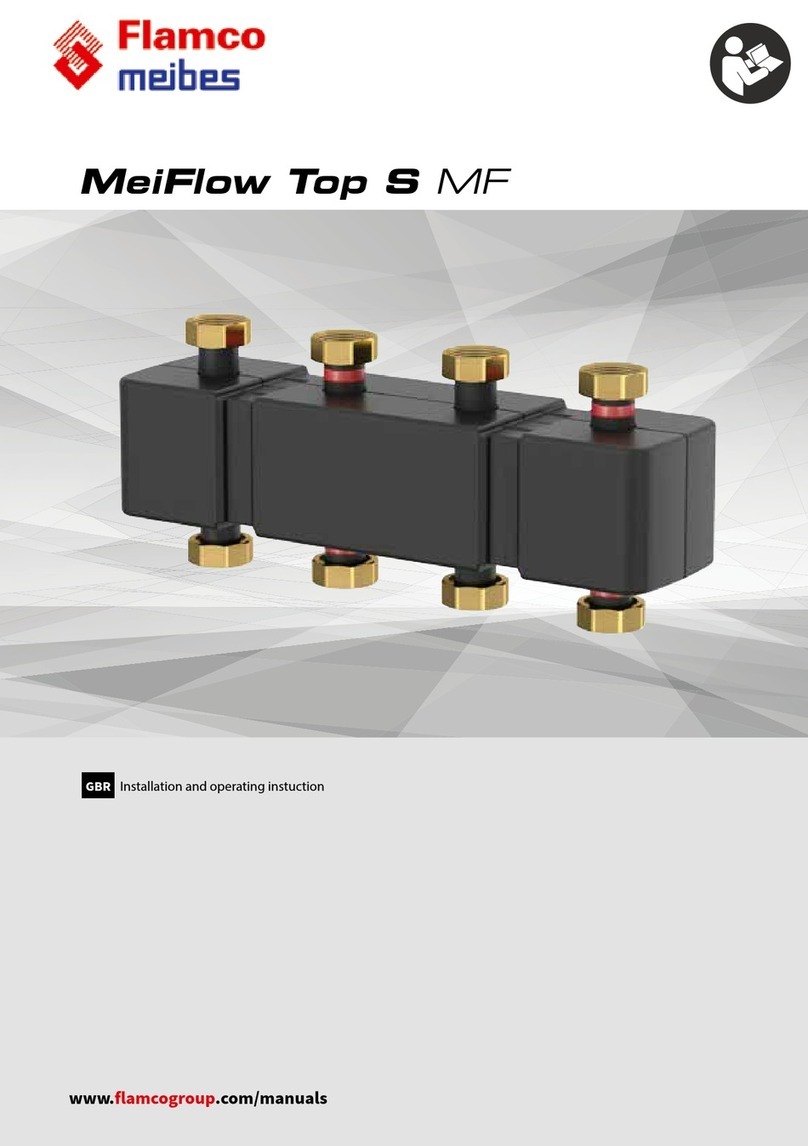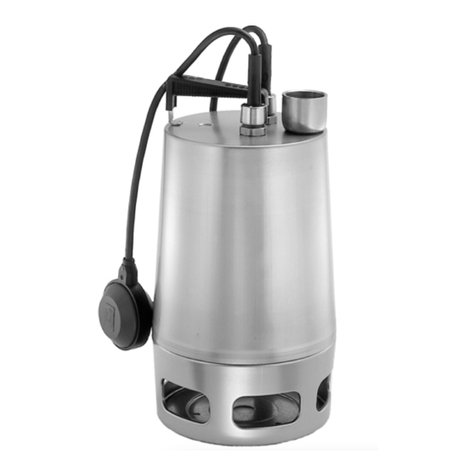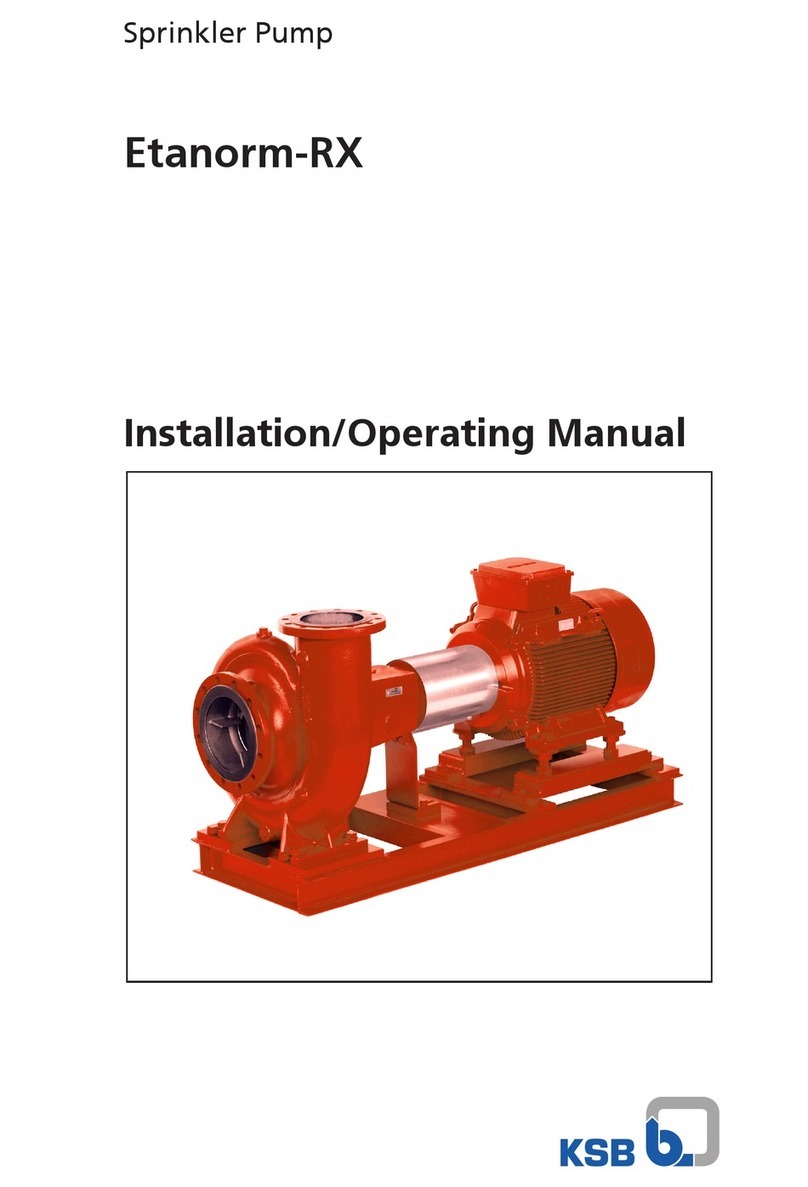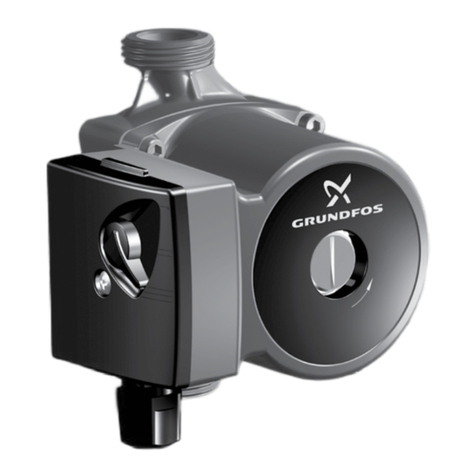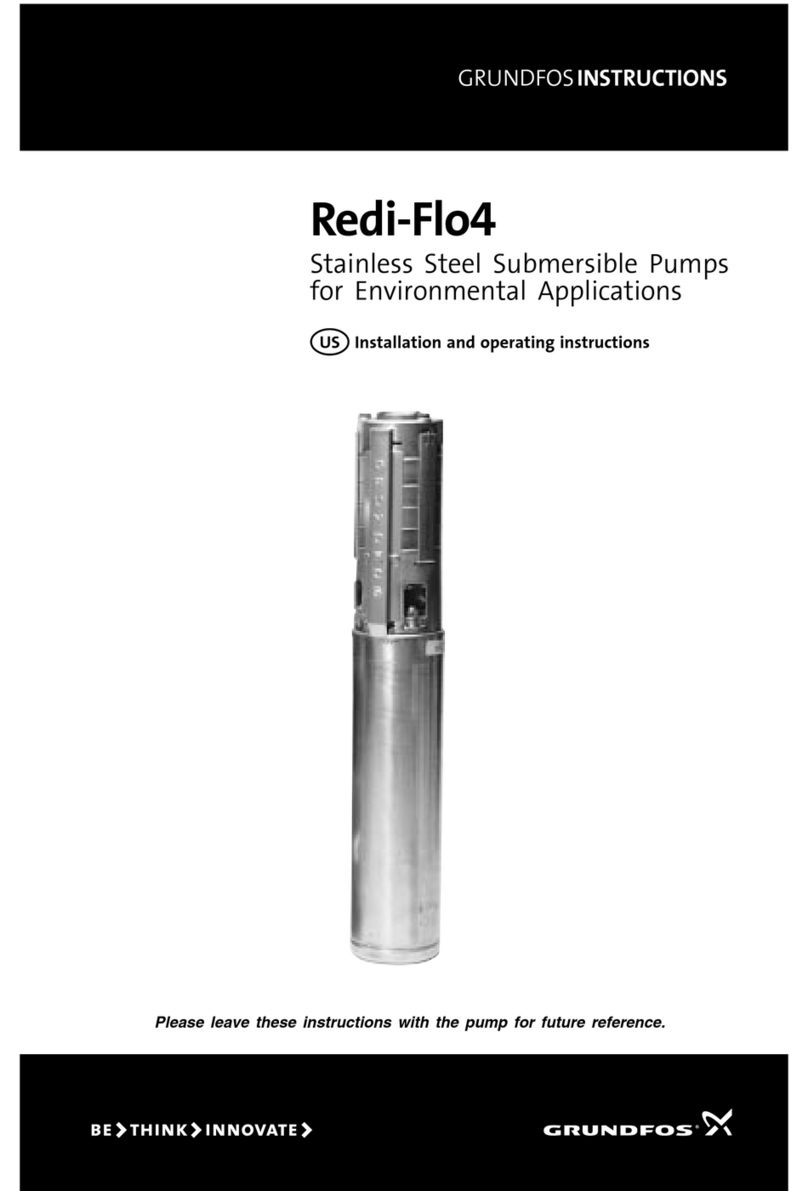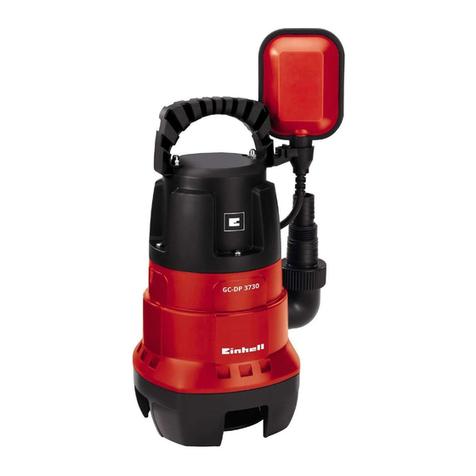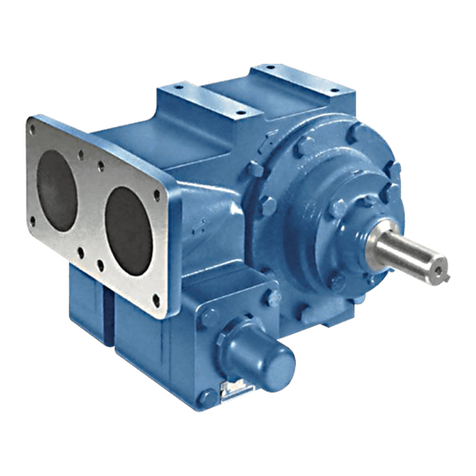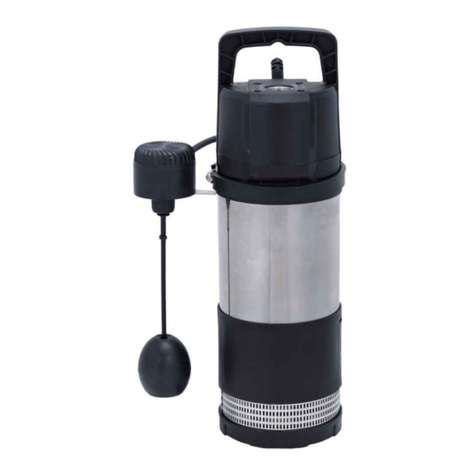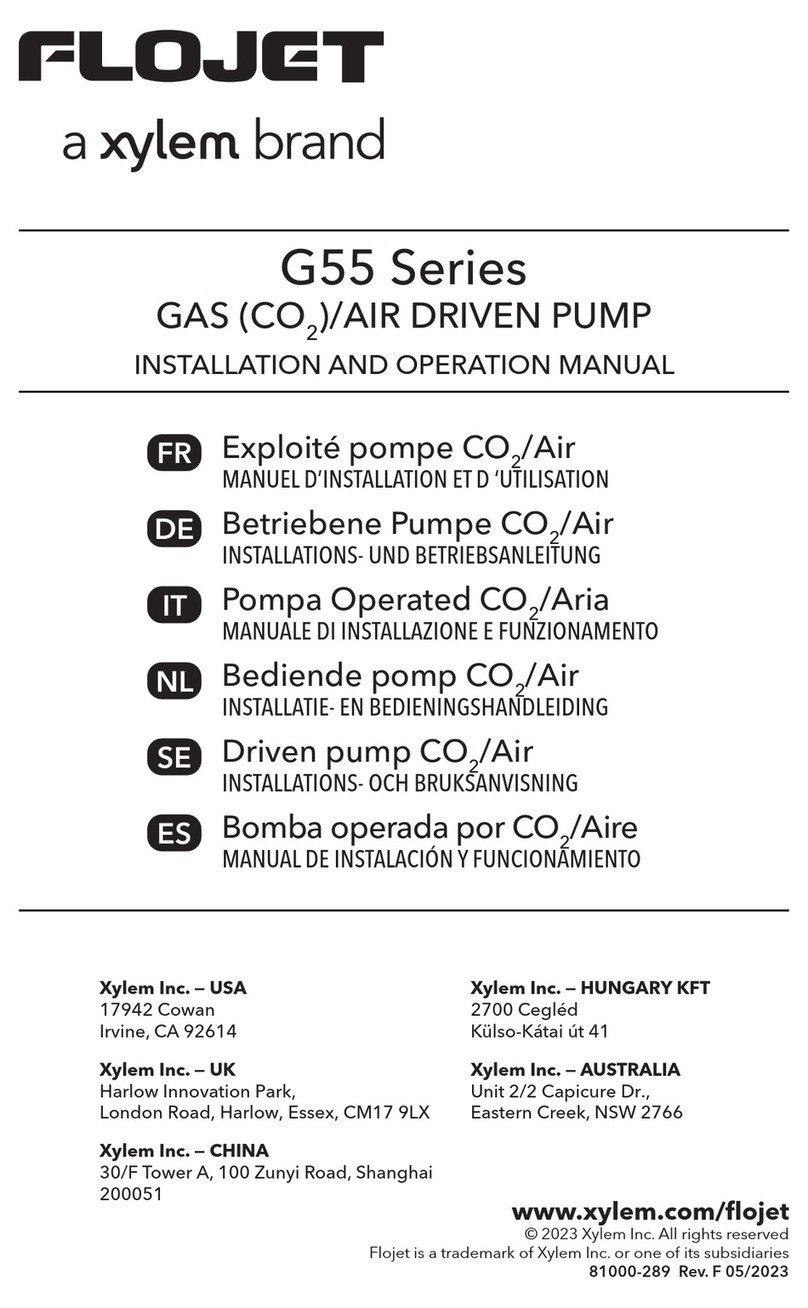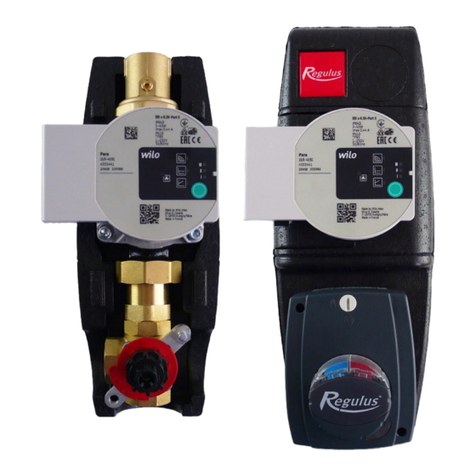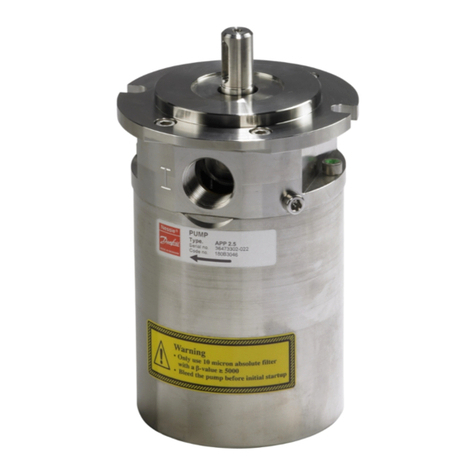
2We reserve the right to change designs and technical specifications of our products.GPA III manual - 20211008
Table of Content
Notes ������������������������������������������������������������������������������������������������������������������������3
1� Symbol description �������������������������������������������������������������������������������������������������4
2.1. GPA III series circulating pump for water circulation... .............................................................. 4
2.2. Advantages of installation of the pump....................................................................................... 4
3� Service conditions���������������������������������������������������������������������������������������������������5
3.1. Ambient Temperature ................................................................................................................. 5
3.2. Relative humidity (RH) ................................................................................................................. 5
3.3. Media (conveying liquid) temperature ........................................................................................ 5
3.4. System Pressure ........................................................................................................................... 5
3.5. Protection Level ........................................................................................................................... 5
3.6. Inlet Pressure: .. ........................................................................................................................... 5
3.7. Pumping Liquid ........................................................................................................................... 5
4� Installation�������������������������������������������������������������������������������������������������������������5
4.1 Installation..................................................................................................................................... 6
4.2 Position of Junction Box ............................................................................................................... 6
4.3 Position of junction box ................................................................................................................ 6
4.4 Thermal insulation of the pump body. ........................................................................................ 7
5� Electrical Connection ����������������������������������������������������������������������������������������������8
6� Control Panel����������������������������������������������������������������������������������������������������������8
6.1 Controls on Control Panel............................................................................................................. 8
6.3 Light area displaying the settings of the pump.... ....................................................................... 9
6.4 Button for selecting the pump settings........................................................................................ 9
7� Setting of the pump�����������������������������������������������������������������������������������������������10
7.1 The pump should be set according to system type ...... ............................................................ 10
7.2 The control on the pump ............................................................................................................ 11
8� PWM Signal Control Mode �������������������������������������������������������������������������������������� 11
8.1 Control and Signal...... ................................................................................................................ 11
8.2 Interface....................................................................................................................................... 12
8.3 PWM Input Signal........ ................................................................................................................ 12
8.4 PWM PWM input signal profile PWM2(solar) .............................................................................. 13
8.5 PWM Feedback Signal ................................................................................................................ 14
8.5 How to use the signals ................................................................................................................ 14
9� Bypass Valve��������������������������������������������������������������������������������������������������������� 15
9.2 Manually-operated bypass valve ............................................................................................... 15
9.3 Automatic bypass valve (temperature control type) .... ............................................................ 15
10� Start up��������������������������������������������������������������������������������������������������������������16
10.1 Before Start Up ......................................................................................................................... 16
10.2 Exhaust the Motor Pump........................................................................................................... 16
10.3 Gas-exhausting of heating system..... ...................................................................................... 16
11� Settings and performance of pump �����������������������������������������������������������������������17
11.1 Relationship between pump settings and its performance .................................................... 17
12� Performance Curve���������������������������������������������������������������������������������������������� 18
12.1 Performance curve guide ......................................................................................................... 18
12.2 Curve conditions....... ................................................................................................................ 18
12.3 Performance Curve... ................................................................................................................ 18
13� Characteristics����������������������������������������������������������������������������������������������������19
13.1 Description of nameplate.......................................................................................................... 19
13.2 Model explanation.... ................................................................................................................ 20
14� Technical Parameters and Installation Dimensions�������������������������������������������������� 20
14.1 Technical data.. ......................................................................................................................... 20
14.2 Installation Dimensions............................................................................................................. 21
15� Fault checklist ���������������������������������������������������������������������������������������������������� 22




















